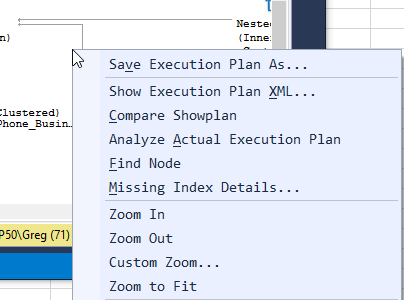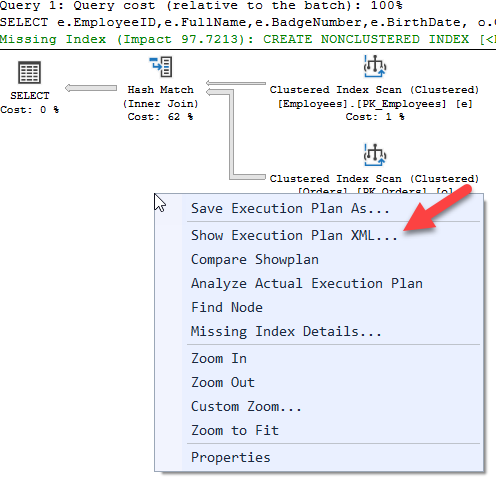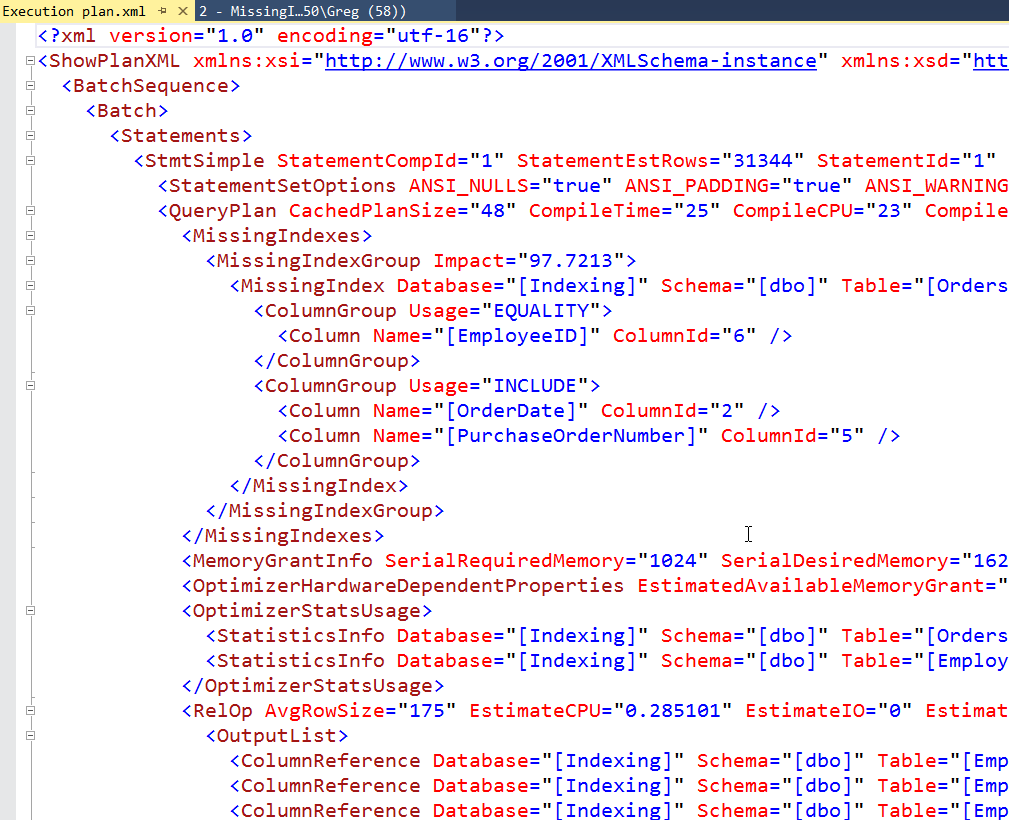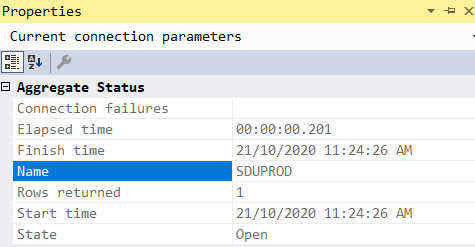
SSMS Tips and Tricks 7-4: Accessing script files and folders
This one is a very simple and quick tip.
When working in SSMS, I often need to open Windows File Explorer in the folder where the script file is stored. Turns out there is an easy way to do that.
There are two interesting options when you right-click the tab at the top of a query window. (Note: not on the File menu)
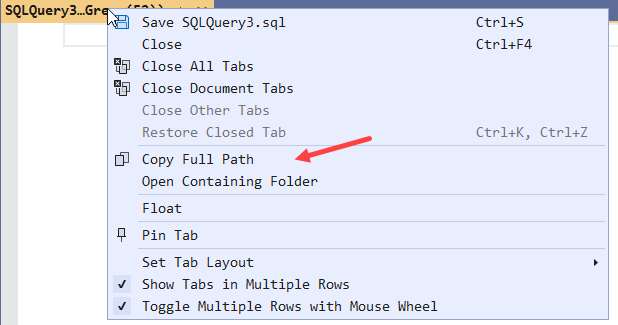
Note that you can open the containing folder for the script. You can also copy the path to the script into the clipboard.
2025-09-20



